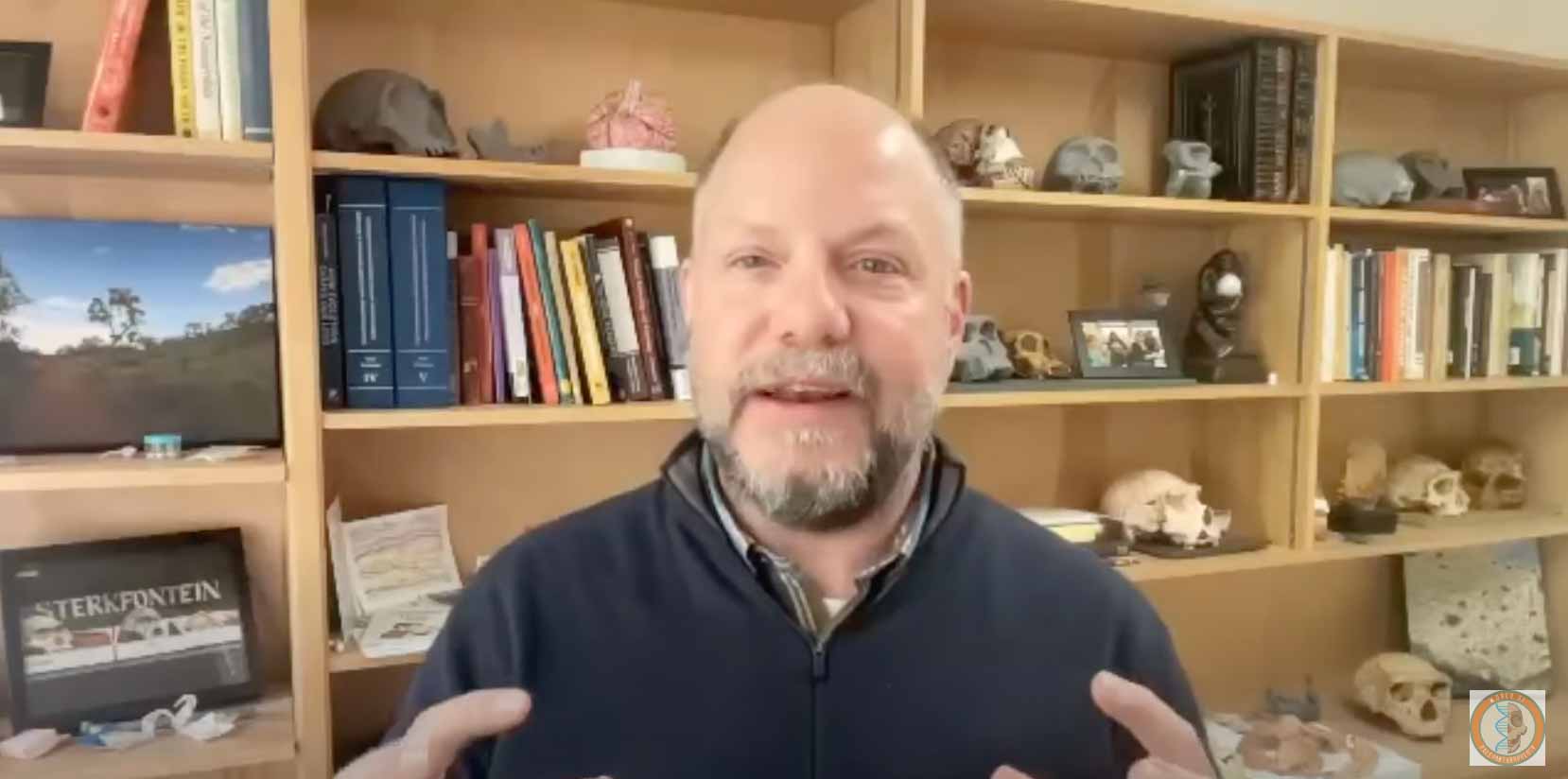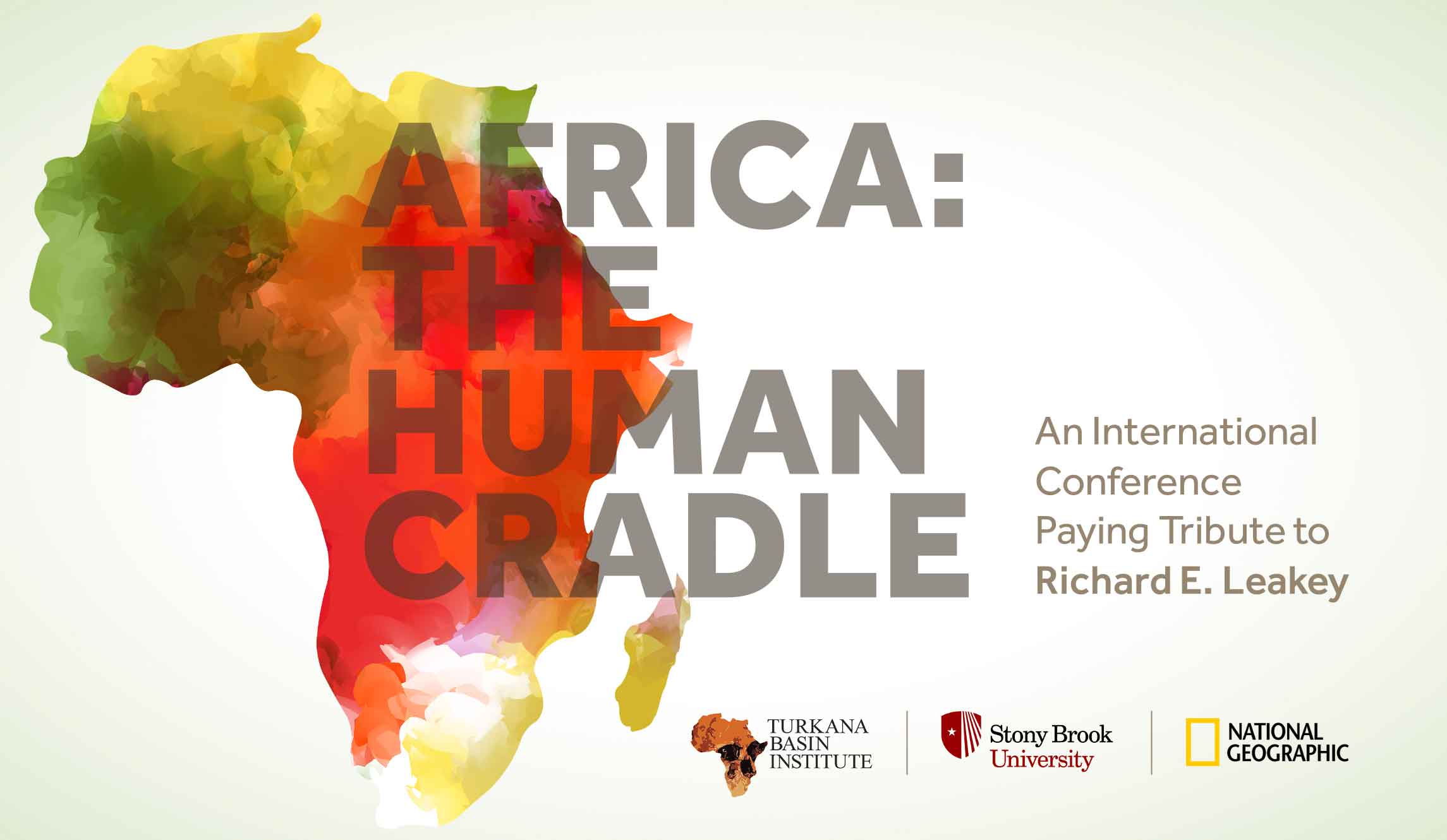Panel: Who or what is Homo naledi?
Lee Berger, Agustin Fuentes, and I had a provocative conversation sharing our different perspectives on work related to the Rising Star cave system.

Earlier this fall, the Cambridge University Biological Anthropology Society invited me to be part of a panel discussing our recent work on Homo naledi. The panel included Lee Berger and Agustin Fuentes together with me.
The three of us have some collaborative work underway but we have different perspectives and interests. We planned our conversation to pull out some of those areas where we have different ideas. I ask Lee and Agustin: Is Homo naledi human? We talk about the value of open access to fossil data, and consider why H. naledi is being left out of some analyses by other researchers.
It was a very interesting conversation with some great questions from the audience. I'm pleased that the sponsors have shared it online and I can share it here.
John Hawks Newsletter
Join the newsletter to receive the latest updates in your inbox.



